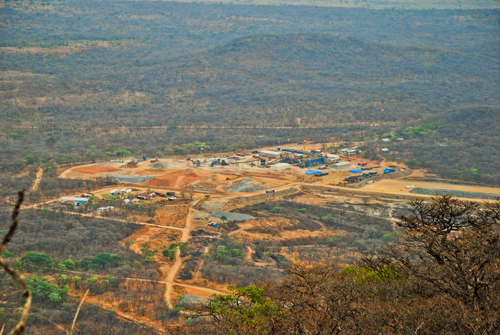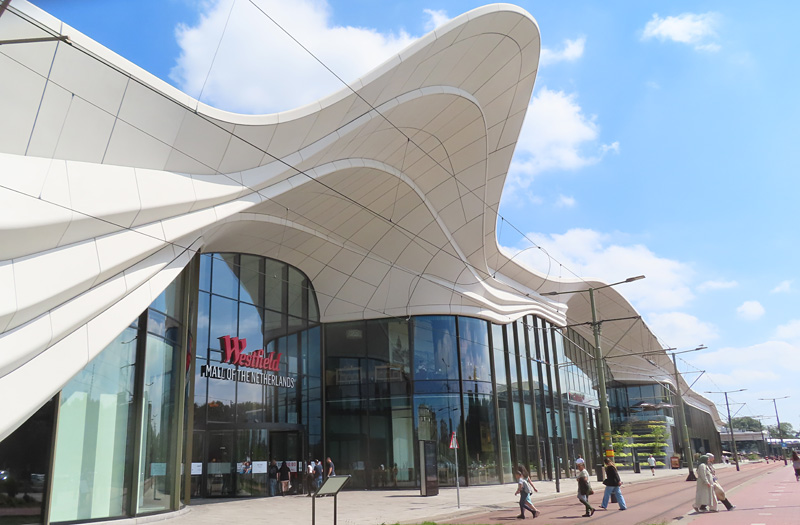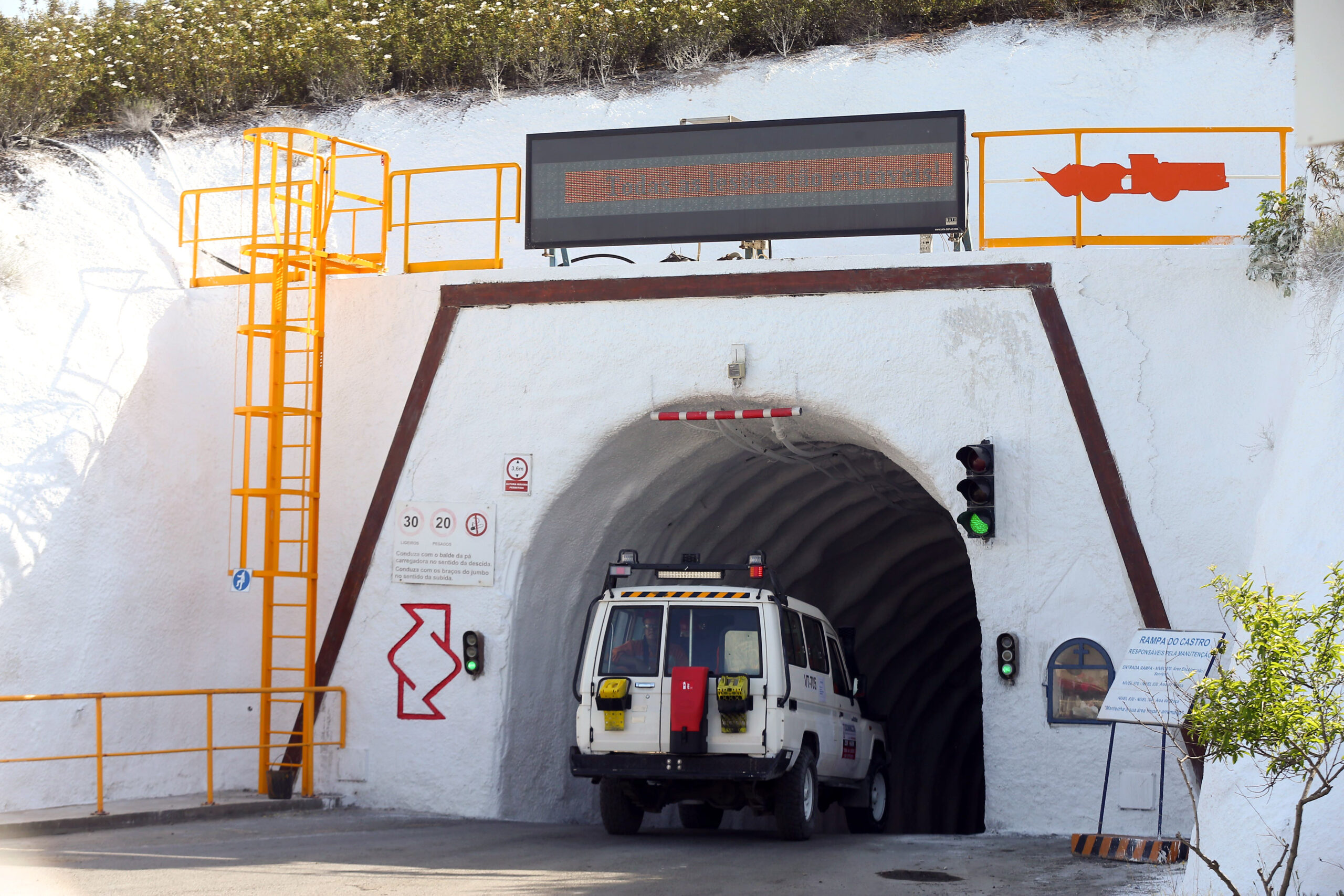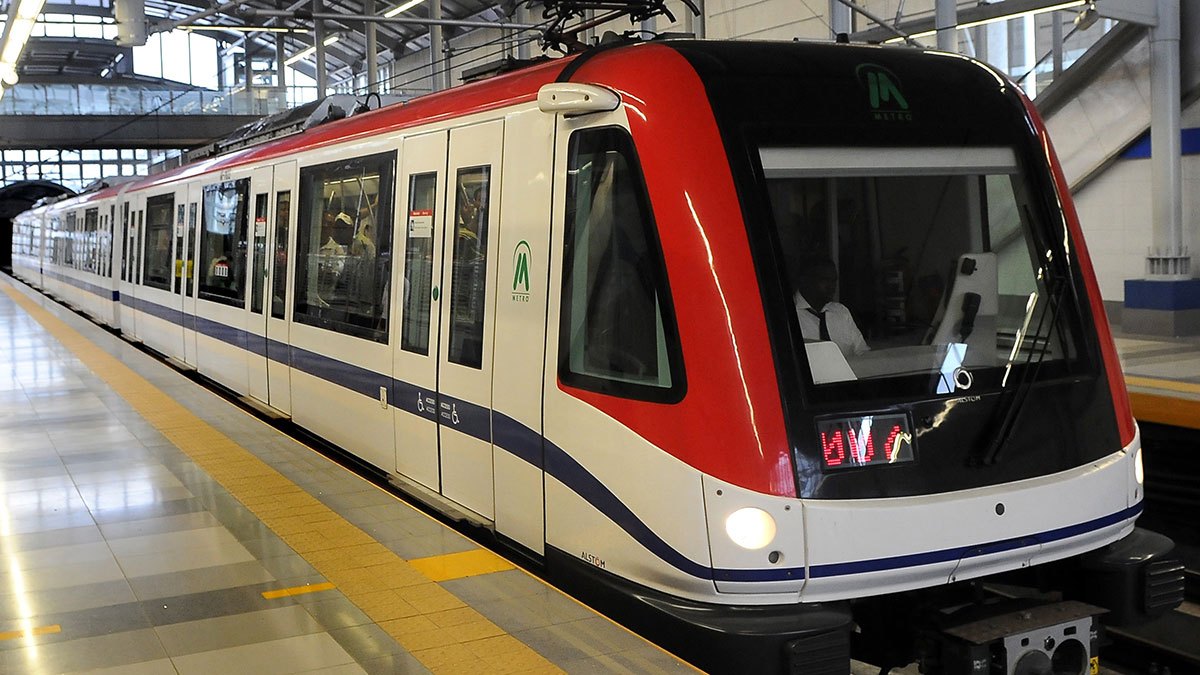
In the present climate exploration companies are really struggling to secure investment to complete drilling programmes and progress to a defined resource they can either sell on or start to develop. But companies that have already moved into production and can point to reliable cash flow are in an enviable position.
Shanta Gold is such a company. The AIM-listed emerging gold producer has a lot going for it including a mine that poured its first gold in August 2012, two extensive and open resources at that location, exploration rights over extensive targets in an area long known to contain high grade gold deposits and a further, separate resource at an advanced stage of development.
Mike Houston, Shanta Gold’s CEO is a South African and former CEO and Chairman of Zimplats, the Zimbabwe platinum mining company. Since his appointment in October 2012, he has been based in Dar es Salaam, the commercial centre of Tanzania. Tanzania is one of Africa’s most attractive countries, having enjoyed over half a century undisturbed by conflict, either internal or external, since its independence in 1961. That stability is at last attracting inward investment that will enable it to benefit from its abundant natural resources, of which gold is just one.
When he stepped in to the job, the processing plant at the New Luika mine on the Lupa goldfield had just started to operate, but throughput was disappointing, and a primary focus in the last year has been to improve its performance and get the company into positive cash flow. This Mike has in large measure achieved, with production ramping up from 6,000 ounces in the last quarter of 2012 to 11,800 in the first three months of this year and 14,600 in the second.
The Lupa goldfield is the second largest in Tanzania after the Lake Victoria goldfield. It produced more than 23 tonnes of gold during colonial times, and an unrecorded amount since independence. The New Saza Mine, closed in 1956, was the second largest pre-independence gold producer in the country after the Geita Mine. Lupa has long been thought to be a high potential gold play for the small to mid-sized producer, says Houston: “The bulk of Tanzania's gold was coming from the northern goldfields at that time. But then Shanta started looking down in the Lupa area, found a number of attractive deposits and decided to build a small mine at the New Luika close to the eastern shore of Lake Rukwa and run a plant that would generate some cash flow. This would allow Shanta to tackle what was considered its premier resource at Singida in the central part of the country.”
Things changed a little when it was found that the pit was open at depth, with the potential of developing an underground operation once the surface pit was exhausted, and also that it butted against a separate deposit with even greater potential. “In the process of expanding the Luika resource they found another deposit, Bauhinia Creek,” he explains. Bauhinia Creek is a high-grade resource, which he now describes as Shanta’s cornerstone asset, containing 4.4 million tonnes at 4.9 grammes per tonne (g/t), and of that 1.9 million tonnes runs at over seven grammes per tonne, he says.
The existing plant is ideally placed to process ore from both deposits, as they are no distance apart. However it will need to be expanded even after all the teething problems of the original plant are behind it. “We aim to have replaced the crushing circuit by the end of the first quarter of 2014, and also upgrade the back end of the plant by changing from the existing incineration process to an elution and electrowinning process.” The necessary equipment for the $9 million plant expansion is all on order, he adds.
During the year 2013 he expects New Luika to have produced more than 63,000 ounces of gold. Once the new crusher and elution plant are in place that will rise to an annual level of between 80,000 and 85,000 ounces. It will still be a relatively small gold mine, however Shanta is now sitting on 1,200 square kilometres of active licences and 1,300 square kilometres of applications in the Lupa goldfield, in which it now has a 100 percent interest since it bought out its former joint venture partner Great Basin Gold. “This is our ‘blue sky’ area. Lupa has numerous gold targets, whether colonial mines, artisanal workings, though at the moment we are focusing on a 20 kilometre radius round our plant.” Within that envelope intensive aeromagnetic and radiometric surveys have highlighted a number of targets that will be drilled out in the course of time. Wisely he won't make any predictions at present but the upside potential for the plant is plain, given the high-grade gold deposits the Lupa is known to contain.
For the moment though attention is on the known and immediately accessible deposits. On September 18 the company confirmed that its drilling programme had established mineralisation, at very high grades between 13 and 15 g/t, below the already established resources at Luika and Bauhinia Creek. Given the close proximity of the two it is probable that a single underground mine could be built, and as mentioned before, the plant is already there. At the end of the day the mine life, currently calculated at eleven years, could be extended to a couple of decades and beyond.
A little further out in both time and distance but with very exciting possibilities, is Shanta's Singida deposit in the centre of Tanzania. Here the company holds eight prospecting licences covering around 240 square kilometres, and three mining licences over 30 square kilometres. “Singida gives Shanta some important growth potential in what is a relatively untouched area,” he says. “Following substantial drilling and a feasibility study in 2011 that indicated production of about 450,000 ounces of gold over a ten year life of mine, a positive feasibility study has been commissioned and should be ready early in 2014. It is a typically vertical deposit giving the prospect for open pit exploitation over a period, then good potential for underground mining.”
In any mining project, investors and management alike depend on reliable analytical data and to ensure this Shanta partnered with Quality Laboratory Services of South Africa, which quickly set up a fully equipped laboratory at the New Luika minesite. Here rock samples can be accurately analysed and gold output assayed. However QL’s work does not stop there. It has a key role in the hydrological and environmental studies that are another sine qua non to successful operation in almost any jurisdiction today – so the lab, a modular unit that can be delivered without delay to any remote area, is a one-stop facility that supports both the business case for the mine and its compliance issues too.
Tanzania is a very positive place to work, says Mike Houston, with cooperative authorities and a mining-friendly approach. The country is investing in its infrastructure, and he is hopeful that it will succeed in providing a reliable main grid electricity supply to relatively remote places like the Lupa goldfield. If that could be achieved, it would open the door to a higher level of expansion: as things are, only the highest grade ores can be processed economically since all the power for the plant has to be generated on site using diesel or heavy fuel oil generators. “Nevertheless, because Bauhinia Creek is so high grade we are able to look at blending the mid-grade material of which there is a lot in this goldfield,” he points out.
He has brought Shanta Gold to a very different place in the course of year. Production has been stabilised, and set on a course that will see increasing cash flow. It is getting into a very stable position with a sound production process, good growth in output and a lot of blue sky potential, both by extending New Luika mine life and developing other licences. Add to that the Singida project which should yield 45,000 ounces a year and Shanta has the realistic potential to increase production output substantially in a relatively short time frame, he believes.
Written by John O’Hanlon, research by Jeff Abbott and Vincent Kielty



 ShantaGold-Mining-Africa-Jan14-Bro-s.pdf
ShantaGold-Mining-Africa-Jan14-Bro-s.pdf









